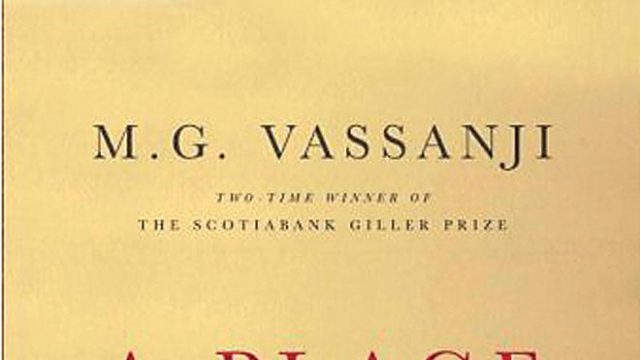This is Canadian-African author M.G. Vassanji’s first non-fiction book. It is based on several different journeys made across India over the course of the past 14 years. An accomplished novelist with several literary distinctions to his name, he is able to present a compelling and well-observed account of a land that his Gujarati forefathers left when they emigrated to East Africa in the 19th century.
As he explains in his introduction, the book is based on notes made while on a series of trips that began as a young man’s pilgrimage to his ethnic homeland but which, over the years, developed into more nuanced explorations across diverse private and public arenas. Though he traces a spatially complex path, including Delhi, Bombay, Shimla, Orissa, Kerala and Gujarat in his grand tour, history, rather than geography, is the dominant flavour of his book.
In the course of his travels and as a well-known international author, he meets a number of literary giants, ranging from Bhisham Sahni and Khushwant Singh in the North to Thakazhi Sivasankara Pillai and Vaikom Muhammad Basheer in the South. Through it all, he remains keenly conscious of his ‘otherness’, the legacy of being an immigrant twice-removed, first as a child in East Africa, then later as an immigrant himself, in Canada. But there is another and more crucial feature that sets him apart: as a member of the Gujarati Khoja sect, he was raised believing in a culturally merged consciousness, Hinduism and Islam combined.
“That syncretism, a happy combination of mystical and devotional Hinduism and Islam… inevitably defined my relationship with India. The existence of such inclusive systems of belief was proof of an essential historical quality of India, that of tolerance and flexibility… Therefore today I can only find the labels ‘Hindu’ and ‘Muslim’ too exacting, too excluding… In my travels in India I would simply let people assume ‘what‘ I was, since according to them I had to be something. My two initials were my mask.”
Interesting then, and ironic, that his merged consciousness appears to have made him an outsider to both cultures in today’s India, rather than a bi-cultural insider. People wishing to be hospitable jump to conclusions based on their own lack of flexibility: he is routinely assumed to be an unregenerate carnivore for whom a wholly vegetarian meal must be repugnant and his ease with the Gujarati language is a surprise to those who think a Muslim will only know Urdu or Hindi.
Wherever he travels, he writes about the complex tapestry of wars, empires, rulers, poets and artists who have given each region its specificity. I found these passages of the book especially interesting and enjoyable. This may well be because I, who spend half the year in Delhi, have visited only a handful of the ruins he mentions! He brings the past alive with a warmth and intensity that makes one wonder why that is so rare, why all the colour and pomp of the Islamic period with its intrigues, consorts, poets and high culture are all suppressed under a uniform blanket of disinterest. By contrast, I found the modern characters he introduces to us a little stunted, their horizons low, their passions mediocre.
His first visit, in 1993, took place in the wake of the riots that followed the Babri Masjid demolition. On all subsequent visits, the threat of extreme violence remains as a faint, ever-present rumbling wherever he goes. He finds it shocking and frightening, but he nevertheless attempts to follow the tremors to their source, willing himself to look with sympathy into the eyes of fanatics and saints alike. Because the book tracks back and forth through time, unlike many travelogues, it provides satisfying ‘story-endings’ — the right-wing Champaner communalist who hangs himself two years after a meteoric political career, for instance. Vassanji has stitched together a travelogue out of the shreds of a nation’s multi-coloured fabric and made a pleasing whole.
Back and forth in time
Author M.G. Vassanji recalls his journeys through his ethnic homeland - India

Back and forth in time
Back and forth in time



